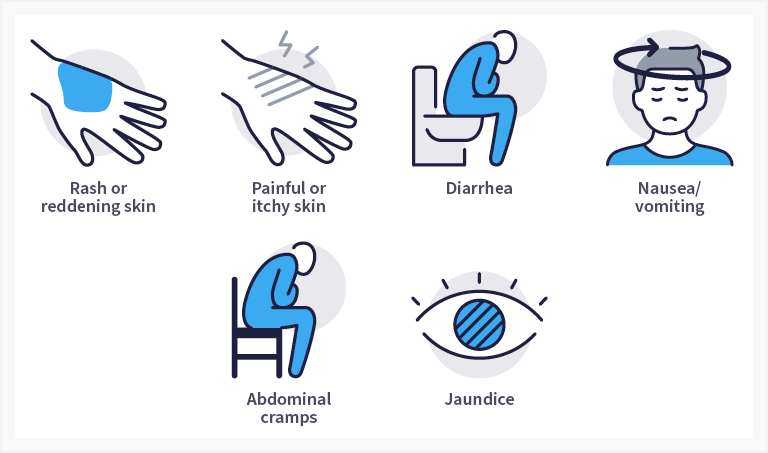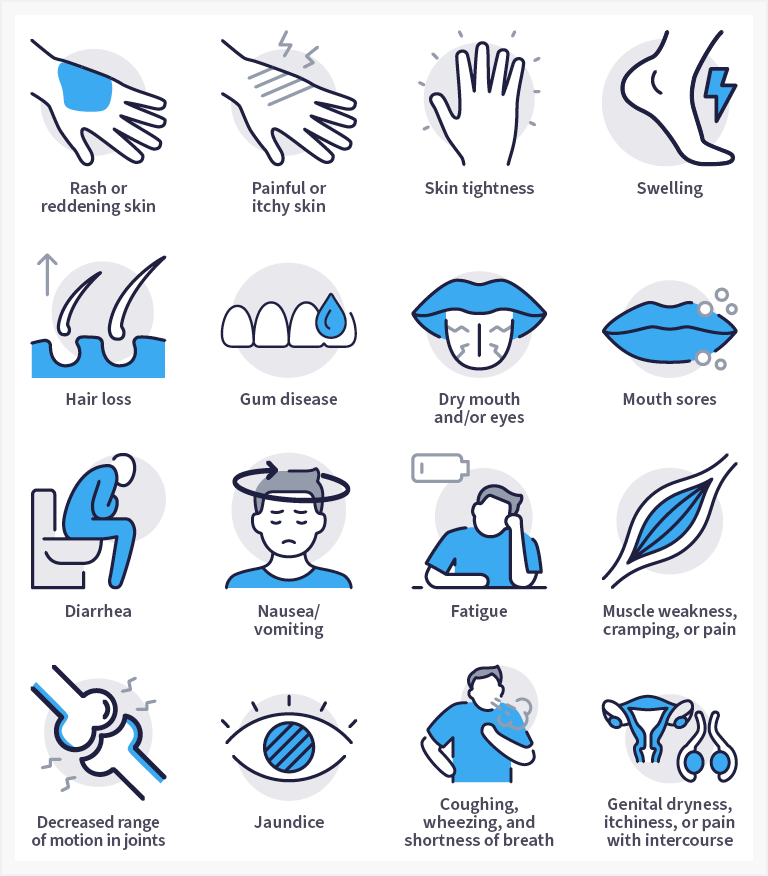Causes and symptoms
What are the causes of graft-versus-host disease?
Graft-versus-host disease (GvHD) is a complication that can occur after allogeneic hematopoietic stem cell transplantation, when a type of white blood cells, called T cells, are made from stem cells from the donor and identify the recipient's tissue as foreign and attack it.
Typically, T cells will not attack the body's cells because they recognize certain proteins called human leukocyte antigens (HLAs) on the surface of cells, which help identify foreign cells. These HLAs are unique to each person, except for identical twins. After an allogeneic hematopoietic stem cell transplantation, stem cells from the donor will produce new blood cells in the recipient's bone marrow. These new blood cells will have the HLA profile of the donor, which will be different from the recipient's HLA profile, causing the T cells produced to recognize the recipient's tissue as foreign and possibly attack it. Certain factors can increase the likelihood of this occurring, such as:
- The donor and recipient not being fully matched
- If the HLAs on donor and recipient cells do not match well, this can increase the likelihood of GvHD; before undergoing a transplant, tissue typing tests will be performed to look at the recipient's HLA profile, which can then be compared to potential donors to find the best match possible
- The donor not being related to the recipient, even if the HLAs are closely matched
- A history of GvHD; if you have previously had acute GvHD, acute or chronic GvHD may occur again
- The age of both the donor and recipient; there is a higher risk of GvHD the older you are
- Differences in sex between the donor and the recipient
- If the donor has been pregnant in the past
- Use of donor cells taken from the bloodstream rather than the bone marrow
What are the signs and symptoms of graft-versus-host disease?
The symptoms of GvHD can range from mild to severe and, in some cases, can be life-threatening. They also differ depending on whether the GvHD is acute or chronic, as summarized in the following two figures.
Figure 1. Signs and symptoms of acute graft-versus-host disease

Figure 2. Signs and symptoms of chronic graft-versus-host disease

References
- National Comprehensive Cancer Network. Graft-versus-host disease NCCN guidelines for patients. http://www.nccn.org/patients/guidelines/content/PDF/GVDH-patient-guideline.pdf. Accessed Nov 21, 2024.
- What is graft versus host disease (GvHD)? Cancer Research UK. https://www.cancerresearchuk.org/about-cancer/coping/physically/gvhd/about. Accessed Dec 12, 2024.
- Graft vs. host disease. Cleveland Clinic. https://my.clevelandclinic.org/health/diseases/10255-graft-vs-host-disease-an-overview-in-bone-marrow-transplant. Accessed Nov 21, 2024.




